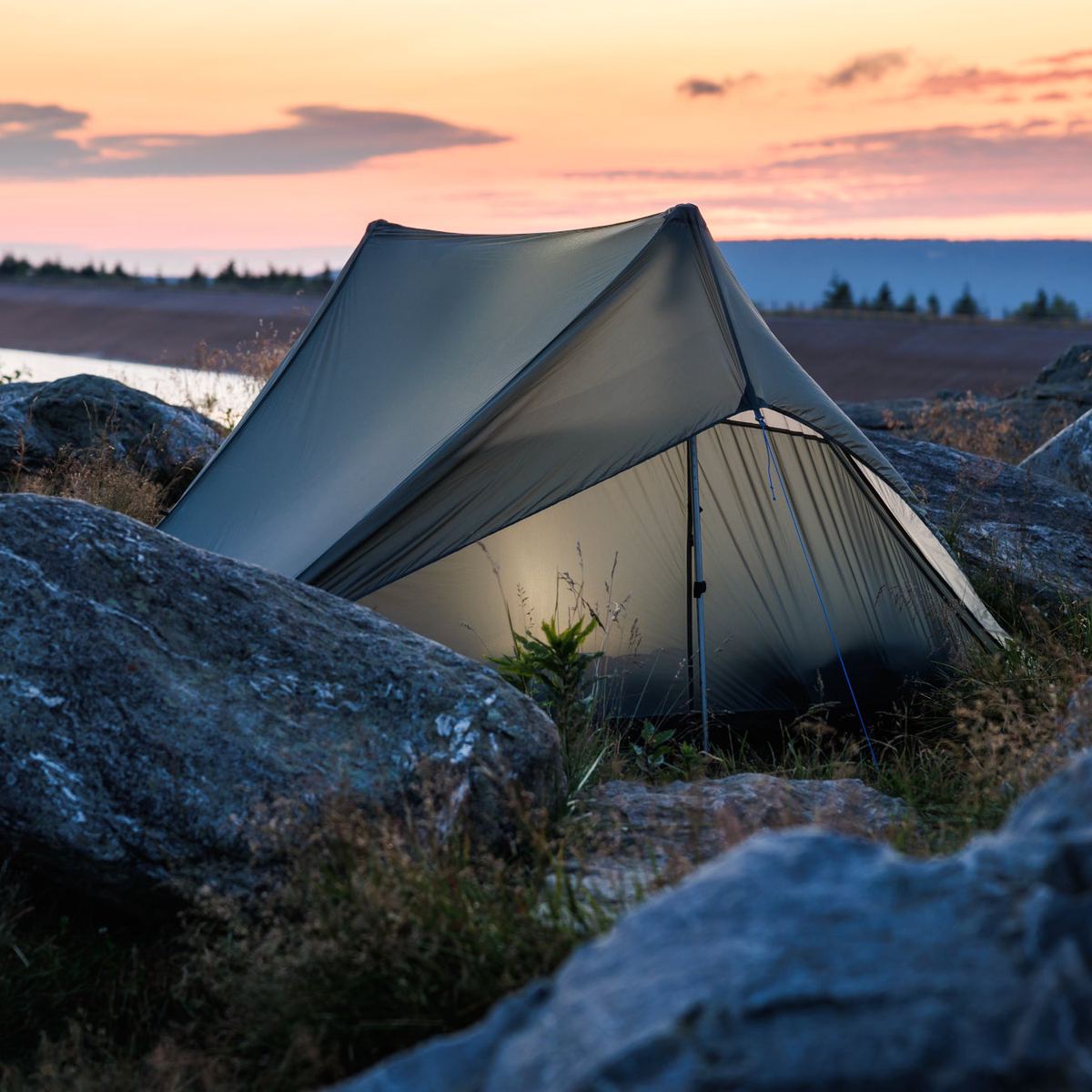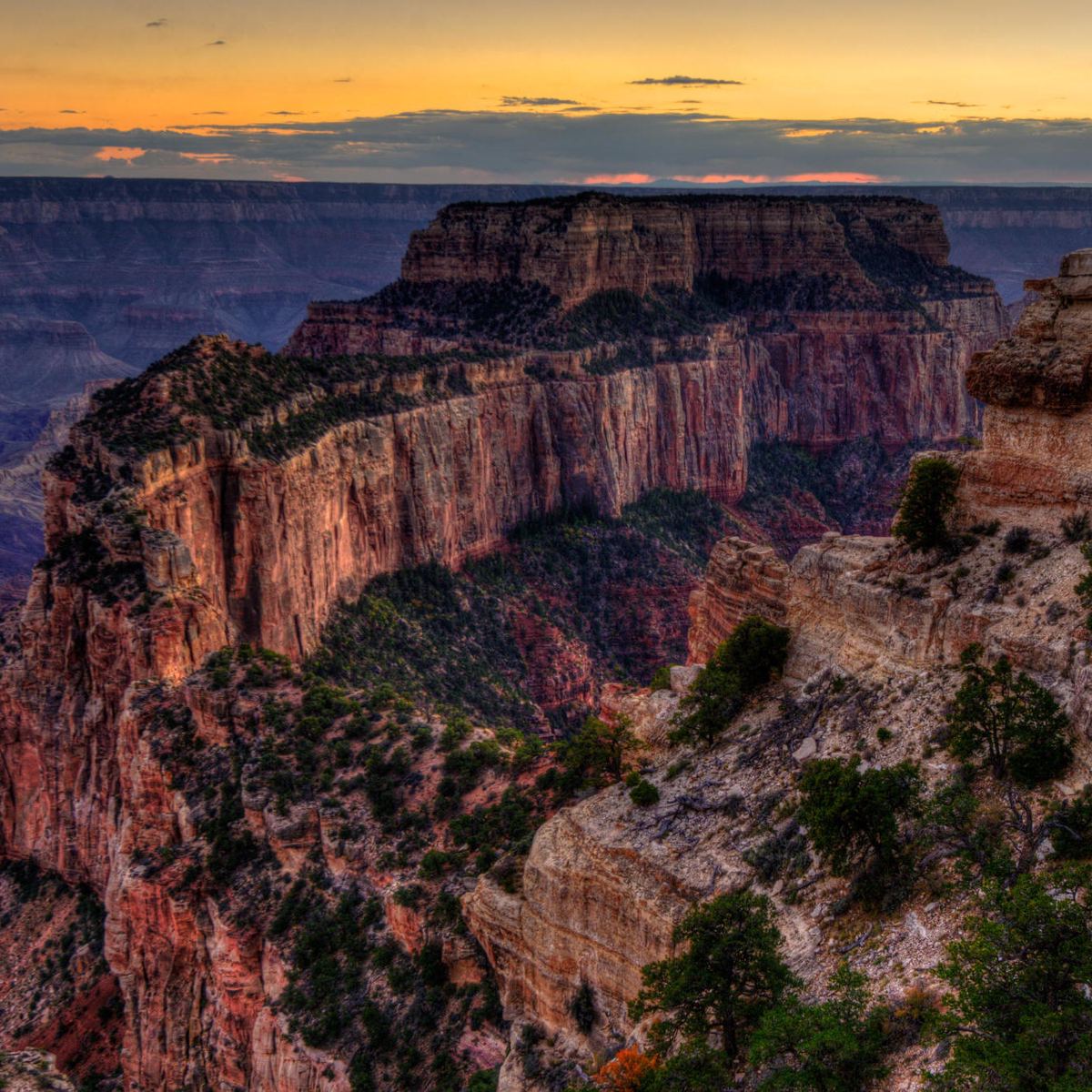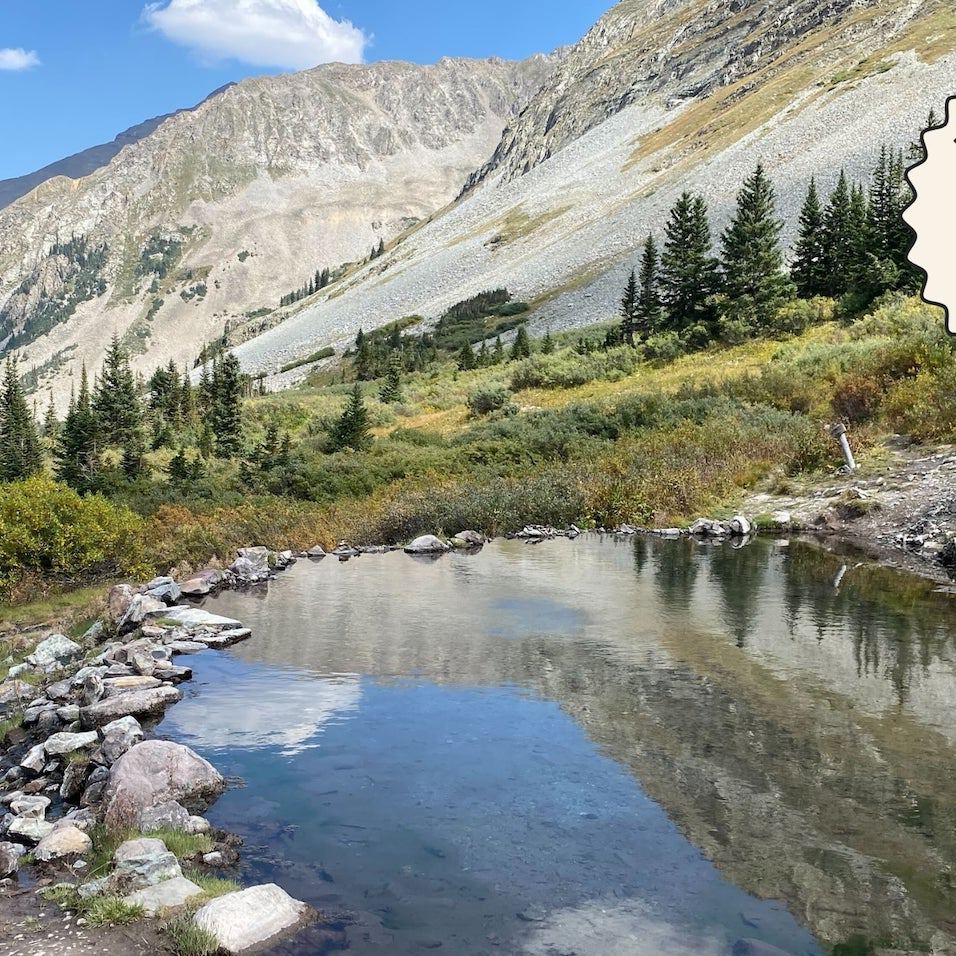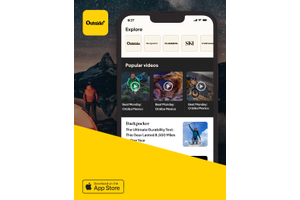Spend Summer Camping On The Beach On These 5 Beautiful Shorelines
Spend Summer Camping On The Beach On These 5 Beautiful Shorelines
Summer means beach vacations. Spend yours at these campsites, just a few steps from shorelines, trails, and more.
Heading out the door? Read this article on the new Outside+ app available now on iOS devices for members! Download the app.
I made some of my favorite childhood memories at beachside campsites. Growing up 3 miles from the Pacific meant I was never far from the ocean, but it was always a treat to be the first one stepping onto the shore each morning and the last one riding waves back in at night. My family and I spent many summer nights watching the sun dip into the ocean from our campsite, and because of that, there’s a soft spot in my heart for every aspect of beachside camping—even sandy tent floors.
Summer means it’s time to hit the water. That could be lakes, oceans, rivers, pools of glacier runoff—anything. Not sure where to start? These five beach campsites are some of the best in the country for hikers, families, and campers looking for a moment of summertime serenity.
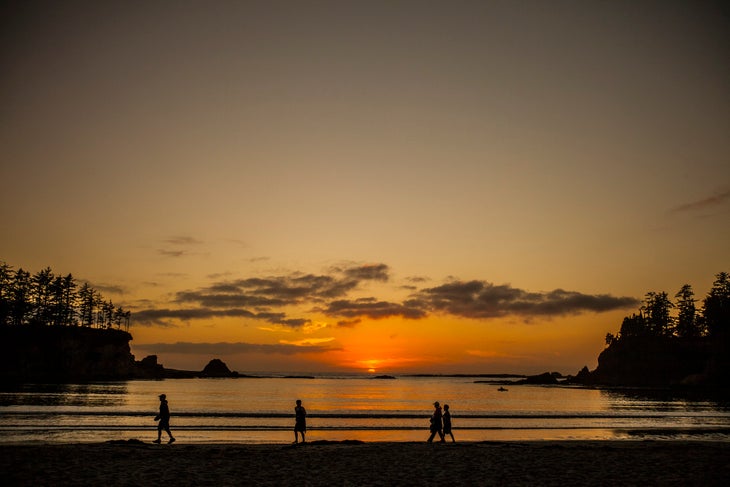
Sunset Bay State Park, Oregon
Oregon’s coastline is famous for its towering sea cliffs and coastal forests, and this state park just south of Coos Bay does it best. A trail network close to the campsites provides access to the nearby Shore Acres and Cape Arago state parks, where you can see the Pacific from more rugged cliffs and headlands and catch a glimpse of Cape Arago Lighthouse in the distance.
Because the camping is just a couple minutes walk from the beach, campers can catch the sunset from the sand, stroll back, and tuck into their sleeping bag—all before the sky even gets fully dark. Visitors can book reservations up to six months in advance here. If you’re looking for a good, old-fashioned tent campsite, there are 65 in the state park with potable water nearby. Sandstone sea cliffs also block the wind and noise from interrupting your campsite bliss. Need a more glamorous getaway? You can stay in one of the eight yurts available in the state park.
While you’re in the area, interpretive staff provide guided tide pool and nature walks, which you can access within a short walk from your campsite, as well. For a programming schedule, visit the Interpretive Center in the park or call 541-888-0982.
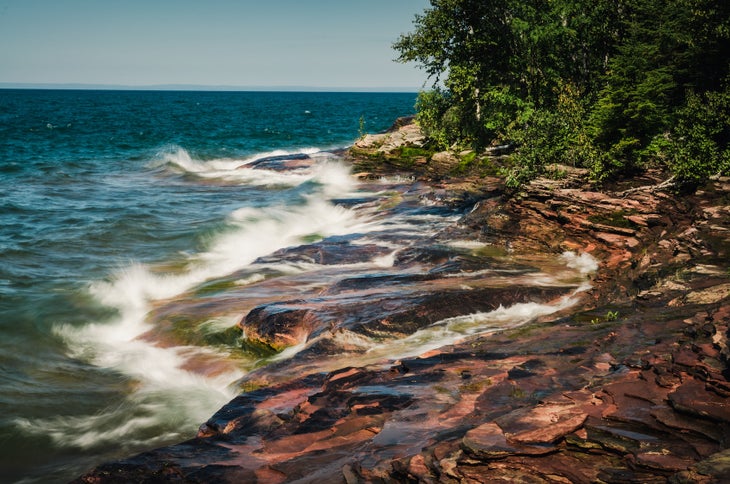
Apostle Islands National Lakeshore, Wisconsin
This 21-island archipelago within Lake Superior—the largest and cleanest of the Great Lakes—has something for history buffs, hikers, and amateur ornithologists alike. Many explore the islands via a single-day boat cruise, but the best way to experience it is by setting up camp.
Camping is allowed on 18 islands. (There’s also one campsite on the mainland.) There is no drive-up camping available on the islands themselves; you can only access them via kayak, boat, shuttle service, or water taxi. Luckily there are plenty of services that offer transportation to and from the islands, but you do have to make these arrangements ahead of time.
To score a campsite reservation, go to Recreation.gov. Many islands offer primitive backcountry camping within dedicated zones, too, for those wanting a self-serviced, amenity-free experience.
The islands are also dotted with historic lighthouses, which helped mariners navigate Lake Superior for over a century. They reached peak use after the War of 1812, when fur trading got more competitive between the French, British, and Americans, who used the lake to ship goods. You can tour these lighthouses today; they’ve been turned into museums to memorialize their place in American history.
Side note: These islands are bear country. Black bears have the largest presence on Stockton, Sand, and Oak islands, but they can swim to others along the lakeshore. Follow bear safety protocol while hiking and setting up camp.
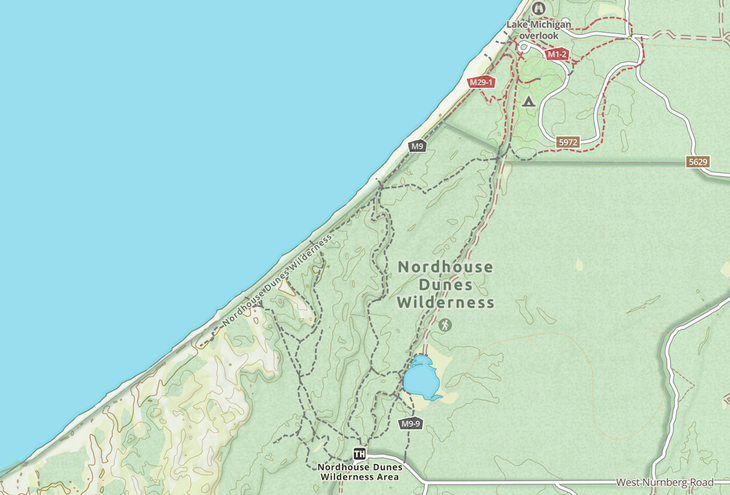
Nordhouse Dunes Wilderness Area, Michigan
Summer means long days—especially at Nordhouse Dunes. This time of year, the sun stubbornly hovers above the horizon until 9:30 p.m., which gives visitors plenty of time to explore Lake Michigan’s eastern shoreline.
Every part of this area is beautiful: The drive through the big pines, the postcard-perfect campsites, and the hikes that crest the giant sand dunes and give way to Lake Michigan spread out across the horizon. The wilderness area encourages campers to use existing campsites when possible, but dispersed camping is also common. Just be sure to pitch your tent more than 400 feet from Lake Michigan, more than 100 feet from designated trails, and more than 200 feet from the Nordhouse Lake.
This area is a federally protected natural space, so there are additional restrictions to save the fragile ecosystem from human destruction. This year, Leave No Trace named the wilderness area as one of the 20 outdoor spaces in the country that need “collective care and attention.” This means there will be more restoration projects in the area to clear invasive species along the dunes, remove trash, and disassemble illegal beach fires; the onus to keep the area clean is on all visitors.
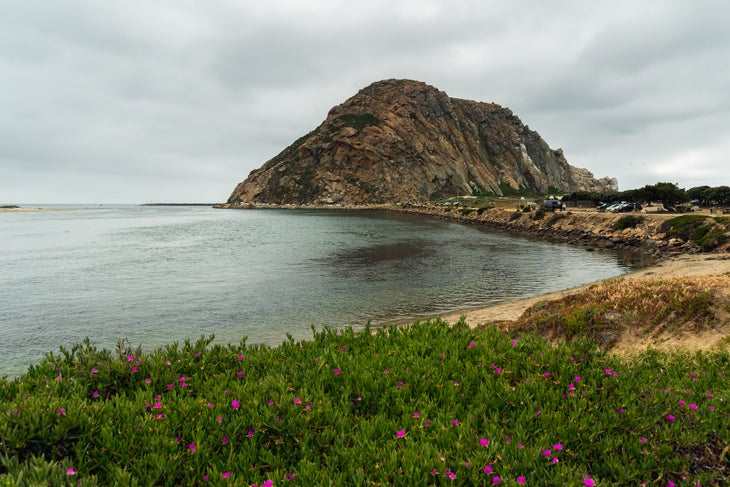
Morro Strand State Beach, California
On this state beach, you can sip your morning coffee while watching the waves crash against Morro Rock, one of the most iconic landmarks in the Bay Area. Because this campsite offers over 70 campsites each with a fire ring, water spigot, picnic table, nearby flush toilets, and easy access to kid-friendly water activities, it’s perfect for families with children. (Make camping reservations on ReserveCalifornia.)
Even in the summer, the state beach can be up to 30 degrees cooler than nearby San Luis Obispo, just 15 miles inland; be sure to dress in layers. Windsurfing, fishing, and swimming are common here. If you plan to partake, you might want to pack a wetsuit.
The state beach is also a popular spot for beach combing. Feel free to roam the miles of shoreline on the hunt for shells and sand dollars, but only take the white ones; the gray ones still have live barnacles on them. While you’re at it, watch egrets, sandpipers, and falcons fly over the ocean, and dip your toes in the water while tide pooling. Just 3 miles away in Morro Bay State Park, you and your family can check out the Museum of Natural History, which regularly has exhibits on geology, oceanography, and Native American culture.
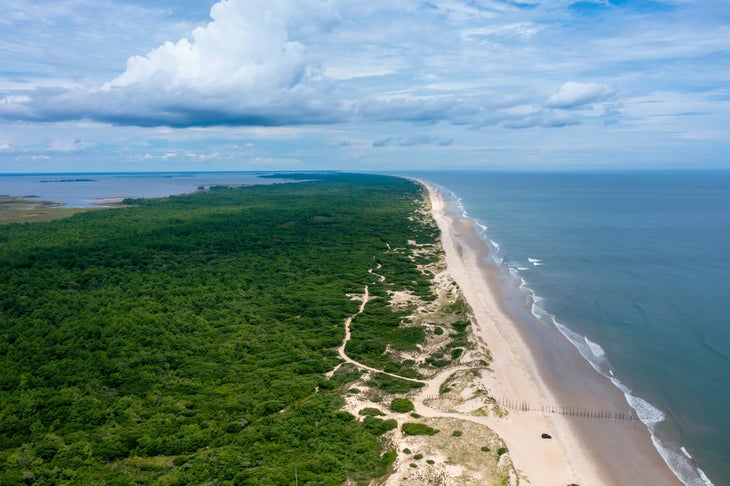
False Cape State Park, Virginia
False Cape State Park is home to some of the most idyllic and peaceful beaches on the East Coast. Here, rowdy crowds are nowhere to be found. That’s because these beachside campsites—located along a 6-mile stretch of undeveloped beach near Virginia’s southern border—take a bit of work to reach. They’re only accessible by foot, bicycle, tram, or boat, so you’re likely to have the area to yourself.
Overnight campers typically park at Little Island City Park, north of the refuge boundary, and hike or bike the 5 miles of flat, gravel roads into the state park.
All the campsites offer top-notch scenery. However, if you’re looking to be closer to the ocean and the ranger station—which has potable water, bathrooms, and snacks for sale—try to snag sites 11 through 20. If you don’t want to walk the roughly half mile to the ranger station for water, there are potable water sources at most of the campsites, but many campers still filter to be extra safe. Make reservations for your campsites by calling 1-800-933-PARK.
This area’s pretty marshy, especially in the warm, wet summer months, so keep an eye out for mosquitoes and biting flies. Daytime temperatures can reach the mid-90s in the summer, and the humidity can be just as high, so pack accordingly.
From 2024



